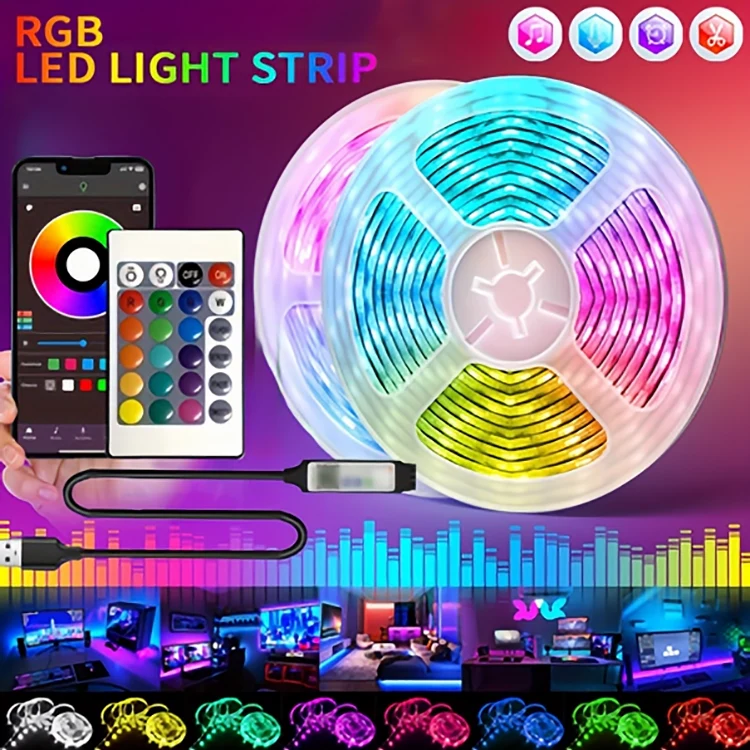
- English
- Español
- Português
- русский
- Français
- 日本語
- Deutsch
- tiếng Việt
- Italiano
- Nederlands
- ภาษาไทย
- Polski
- 한국어
- Svenska
- magyar
- Malay
- বাংলা ভাষার
- Dansk
- Suomi
- हिन्दी
- Pilipino
- Türkçe
- Gaeilge
- العربية
- Indonesia
- Norsk
- تمل
- český
- ελληνικά
- український
- Javanese
- فارسی
- தமிழ்
- తెలుగు
- नेपाली
- Burmese
- български
- ລາວ
- Latine
- Қазақша
- Euskal
- Azərbaycan
- Slovenský jazyk
- Македонски
- Lietuvos
- Eesti Keel
- Română
- Slovenski
How to choose a good LED light strip?
2024-10-16
Many people usually hang ceilings when decorating their new homes. On the one hand, it looks layered and three-dimensional, and on the other hand, it can cover some beams! In order to highlight the layers of the ceiling and create a warm living environment, ceiling lights and ceiling trough lights are also installed.
How do you choose ceiling trough lights? Do you have a favorite color, but don't know which type to choose? Here are some indoor light strip knowledge for your reference!
1. Color
In terms of color, LED light strips have "colorful", "white", "warm white", "red", "green", "yellow", "blue", etc. In theory, LED can adjust many colors, but the mainstream ones are just these few, and there will be some "deviations" depending on the color temperature. For example, "warm white" is divided into 2000K and 4000K color temperatures, and "white" has cold white, "pure white" close to the color of sunlight, etc. According to our company's shipment statistics. The largest shipment is "warm white", followed by "white", yellow, and blue. Other colors are very rare. If you want a "warm feeling", choose "warm white"; if you want a "light and clean feeling", choose "cold white"; if you want a "fashionable feeling", choose "blue"; if you want a "different feeling", choose "yellow or green"
2. Model
The common models used for LED light strips are 3528 and 5050.
3. Material
There are two types of materials, one is hard light strips, and the other is soft light strips made of flexible materials.
LED hard light strips use PCB hard boards as assembly circuit boards. LEDs are assembled with SMD LEDs and with direct plug-in LEDs. Different components are used depending on the needs. The advantage of hard light strips is that they are easier to fix, and are more convenient to process and install; the disadvantage is that they cannot be bent at will and are not suitable for irregular places.




